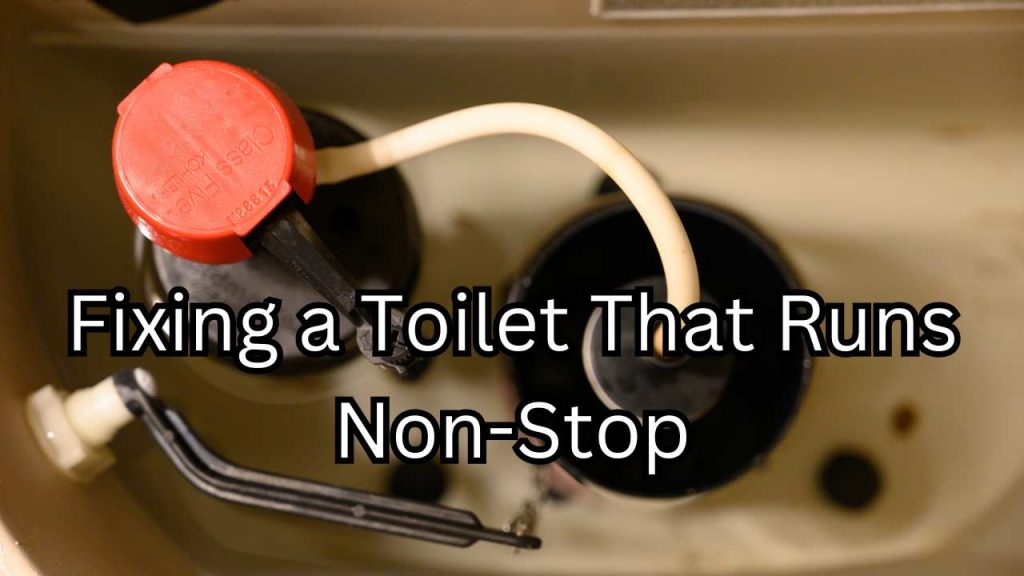How to fix your Toilet if it’s Running Non-Stop.
One of the costliest household wastes of water is a leaky toilet. According to the Works Association, toilets account for 45% of all indoor water use in a typical residence. It is estimated that 20% of all toilets leak. Fill Valve Toilet leaks can range from small to large, constant to random, and loud to silent.
Depending on the water pressure in your house and the size of the leak, a toilet can leak 1 gallon of water per minute which adds up to 1,440 gallons per day. The most common places inside the tank that can leak into the bowl include a worn-out flapper valve, malfunctioning fill valve and water going over the overflow tube.
Flush Valve Signs of a leak:
• If you have to jiggle the handle to make a toilet stop running.
• Any sounds coming from a toilet that is not in use are signs of leaks.
• If you have to hold the handle down to allow the tank to empty. This can also mean the chain or strap is too long and doesn’t lift the flapper or ball high enough to float on its own.
• If you see water running over the top of the overflow tube, you definitely have a leak.
• If you can see water trickling down the inside of the toilet bowl long after it’s been flushed
• If water drips out of the fill tube into the overflow pipe.
• If a toilet turns the water on for 15 seconds or so without you touching the handle, leaking refill valve. If you are unsure whether or not water is running over the top of the overflow tube; sprinkle talcum powder on the top of the water in the tank, this will allow you to clearly see if it is. This is otherwise known as the phantom flusher.
Checking for a leak in your toilet
Most toilet leaks are caused by a faulty flapper valve. A flapper valve should be replaced every 3 to 5 years. Most hardware, plumbing and home improvement stores sell flappers. Here’s a helpful video for running toilets and how to adjust the float.






Leave a Reply